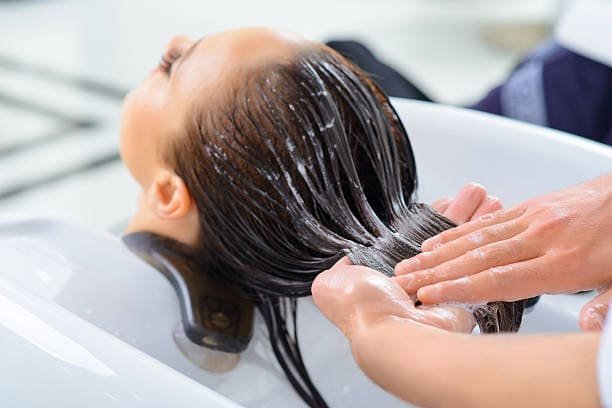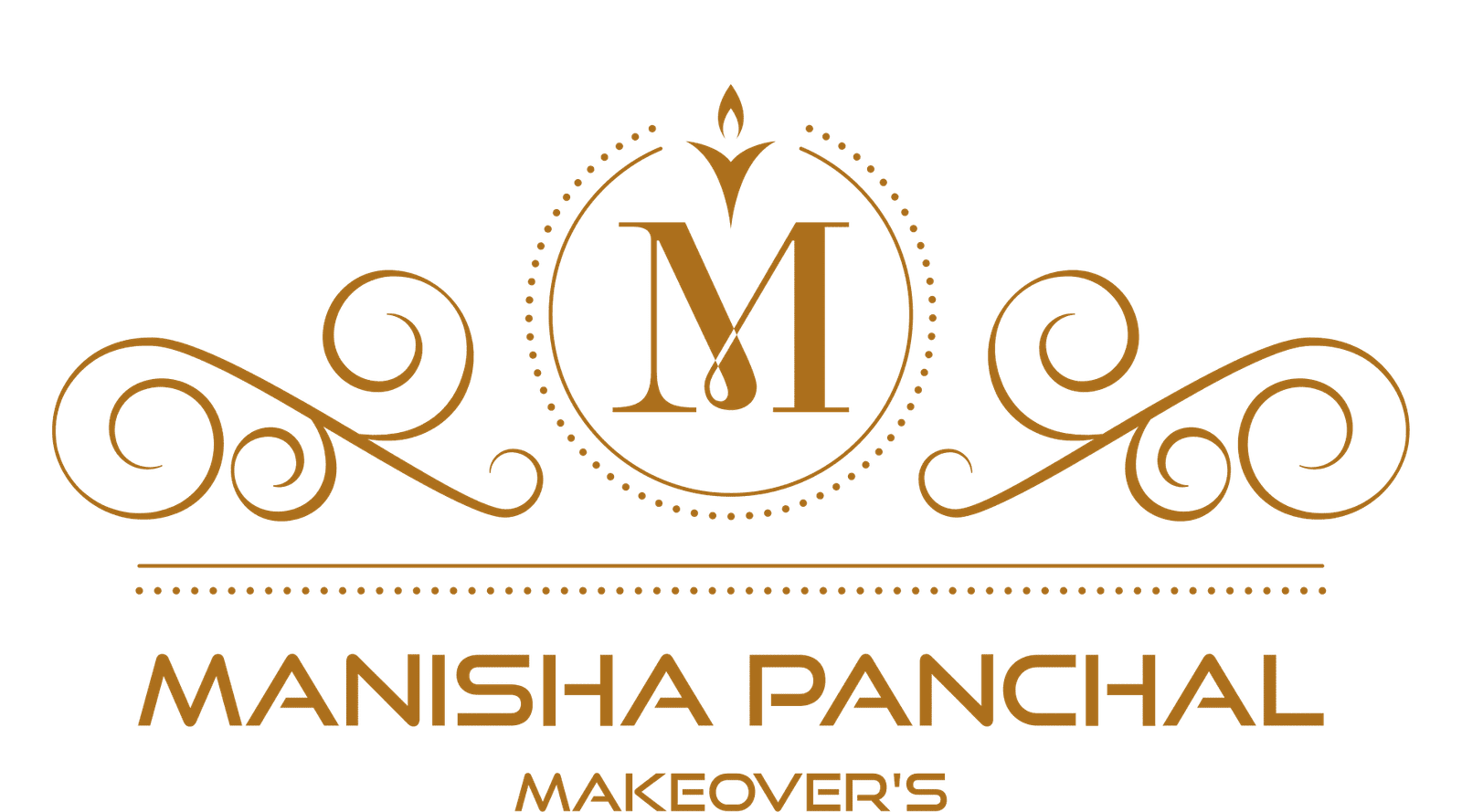
SUPREME HAIR-STYLE
Length:
Hair length can range from very short to long Medium-length hair falls somewhere in between.
Texture:
Hair texture refers to the natural quality of the hair, which can be straight, wavy, curly, or kinky. Some styles work better with certain textures.
Cut and Shape:
The specific cut and shape of the hairstyle determine its overall look. This includes factors such as layers, bangs, angles, and tapering. Common haircut styles include bob, shag, pixie, crew cut, undercut, and fade, among others.
Parting:
The way in which the hair is parted can significantly impact the overall appearance of a hairstyle. It can be a center part, side part, or no part at all.
Styling Techniques:
Hairstyles can involve various styling techniques, including braiding, twisting, curling, straightening, teasing, and pinning. These techniques help create volume, texture, and shape.
Accessories:
Accessories like headbands, clips, bows, scarves, and hairpins can be incorporated into hairstyles to add flair and personality.
Cultural and Historical Influences:
Hairstyles often reflect cultural traditions, historical trends, and societal norms. Certain hairstyles may hold symbolic meaning or significance within specific communities or time periods.
Maintenance and Care:
The level of maintenance required for a hairstyle can vary depending on its complexity, length, and texture. Some styles may require regular trims to maintain their shape, while others may involve daily styling or specialized products for upkeep.
